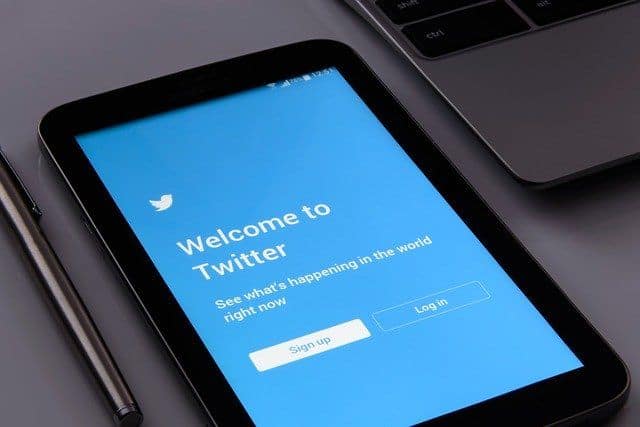Twitter Struggles to Muzzle Its Army of Bots

As the public eye starts to shift towards the upcoming 2020 elections, many tech entrepreneurs and enthusiasts are criticizing Twitter’s inability to differentiate bots from real human beings during a time when media and news accuracy are critical.
Most people are familiar with the issues that fake tweets caused during the 2016 elections, with Twitter being battered by an onslaught of more than 50,000 Russian twitter bots that aimed to influence public perception in the months before the election.
The frightening part is that bot-makers have only become more advanced since then and it seems that Twitter is continually losing its battle against the bots.
Why Can’t Twitter Defeat the Bots?
Twitter bots are nothing new because they’re no different than any other kind of “bot,” which is really just an automation script that repeatedly performs the same task.
Essentially, someone creates a program that completes a specific set of steps on Twitter.
For example, Twitter bots can create fake accounts, set up profiles, and most importantly – post tweets and share links on a scheduled basis.
The fact that these bots are based on basic scripting languages means that they can automatically carry out any process or function that can be performed inside of an operating system. More about in what way they work you can read here. That represents a problem for Twitter because it means that bot-makers can quickly adjust their scripts to accommodate or counter any user interface or security updates that Twitter releases.
Bots are Still Influencing Public Perception on Important Topics
Four years after Twitter faced backlash for not being able to control the bots during the 2016 election, many people are still wondering whether the bots are going to sway the conversation again. The Guardian revealed that a quarter of all tweets related to climate change have been posted by bots.
The implications of a single programmer or a group of digital activists dramatically influencing public opinion before a major election should be enough to make Twitter introduce some radical anti-bot upgrades.
Even Elon Musk Has Criticized Twitter for Not Having Strong Enough Verification Measures
In January, Twitter held a group video chat meeting with Elon Musk and the leaders of several other futuristic companies. During the event, Twitter CEO Jack Dorsey asked Elon Musk for his feedback and joked that he might even let him run the company. Musk’s response immediately highlighted Twitter’s biggest weakness – the platform’s inability to stop botnets from proliferating and propagandizing.
Musk said that it would be helpful to know for sure whether you’re looking at the opinion of a real person or just another piece of misinformation being spread by an army of bots or auto trolls. He also hinted at the likelihood of someone eventually creating an actual AI that would be far more advanced than any botnet, saying that “it won’t be long” before an “advanced AI” is created to “manipulate social media.”
Has Twitter Made itself an Easy Target for Bots?
Twitter has always taken pride in being the fastest and easiest social network to use, but that also makes it easy for bots to automatically navigate its pages and menus.
While there are bots on all social media platforms, there aren’t too many hoops for a bot to jump through in order to create a Twitter account as opposed to setting up a Facebook, Instagram, or YouTube account.
You’ve probably noticed that the Twitter interface is so simple that a child could navigate it, so it’s not very difficult for bot-makers to train simple automated scripts to do the same.
Twitter Needs to Put Authenticity Above User Convenience
Ultimately, Twitter’s stubborn bot problem will continue to exist until they implement the authentication measures needed to validate the authenticity and origin of the content that its users are posting and sharing. To really put an end to the misinformation being spread by fake accounts, Twitter and other sites may need to start requiring more stringent ID verification procedures during the account registration process.
Since bots are getting better at mimicking human users, trying to recognize bot behavior patterns and then ban accounts in retrospect is simply not a feasible approach for the effective prevention of botnet infiltration. Instead, Twitter has to stop the fake accounts from ever being made in the first place.
Will Social Media Accounts Become Like Bank Accounts?
If signing up for a social media account was like signing up for a bank account and it required that each user upload a picture of their ID or driver’s license, that would be one of the only ways that any site could virtually guarantee that the majority of its users are legitimate.
However, implementing such a requirement could have negative effects on the site’s popularity, as many users might refuse to upload their proof of identity.
Still, with so many other sites cracking down on their registration requirements, it wouldn’t be surprising to see this trend towards heightened security on social media, resulting in a world where a person’s identity is strongly linked to their online social presence.





